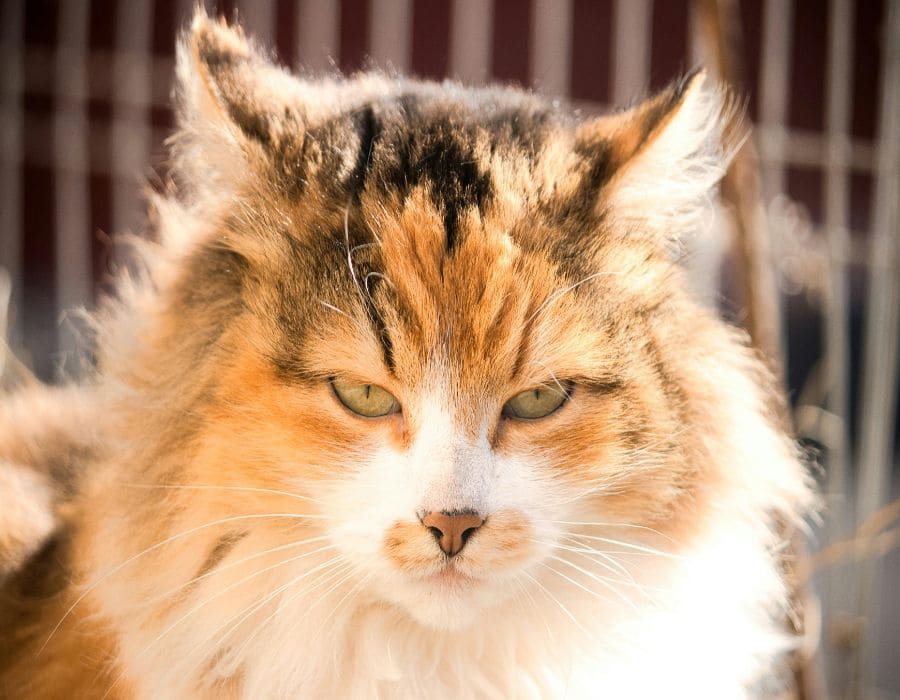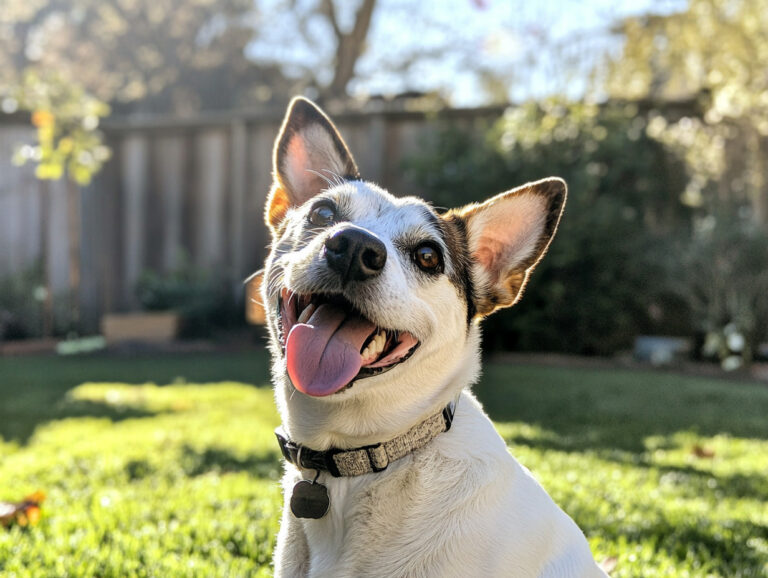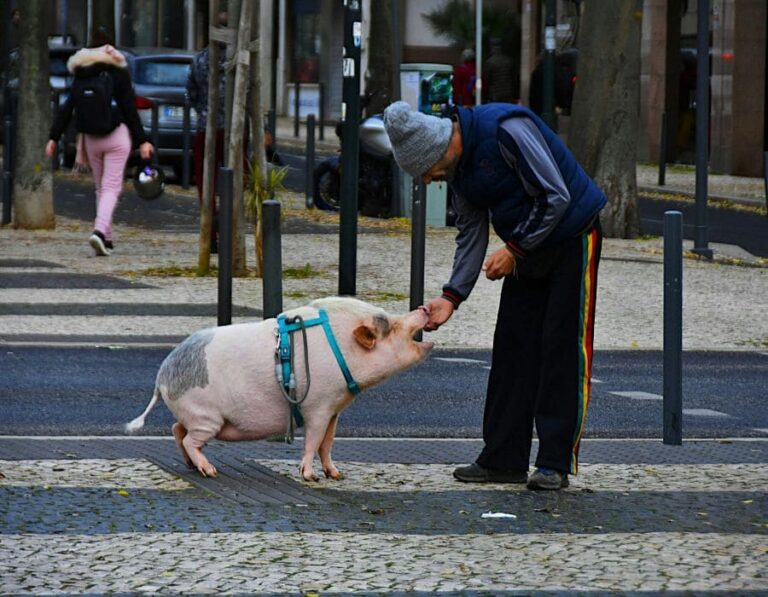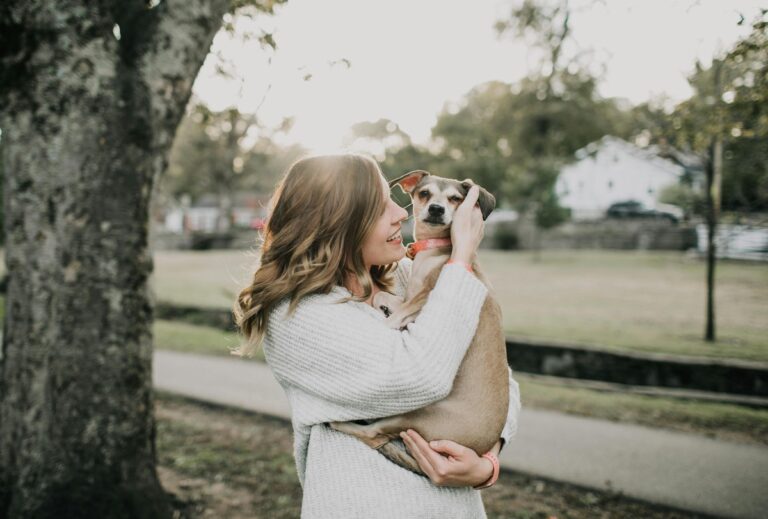8 Cat Breeds That Cannot Be Kept as Pets
While most cats are sweet, lovable, and perfectly suited to indoor life, there are some breeds that are just not meant to be kept as traditional pets. These breeds are either too wild, have specific care needs that are difficult to manage in a household, or possess instincts and behaviors that make them incompatible with a domestic setting. If you’re considering adopting a cat, here are 8 cat breeds that cannot be kept as pets.
1. Serval

The Serval, a wild cat native to Africa, is one of the most well-known exotic breeds that cannot be kept as a pet. While they may look similar to domestic cats, they are much larger, have an unpredictable temperament, and require vast amounts of space to roam. Their wild hunting instincts, high energy, and ability to jump over 10 feet make them unsuitable for any home environment.
2. Chausie
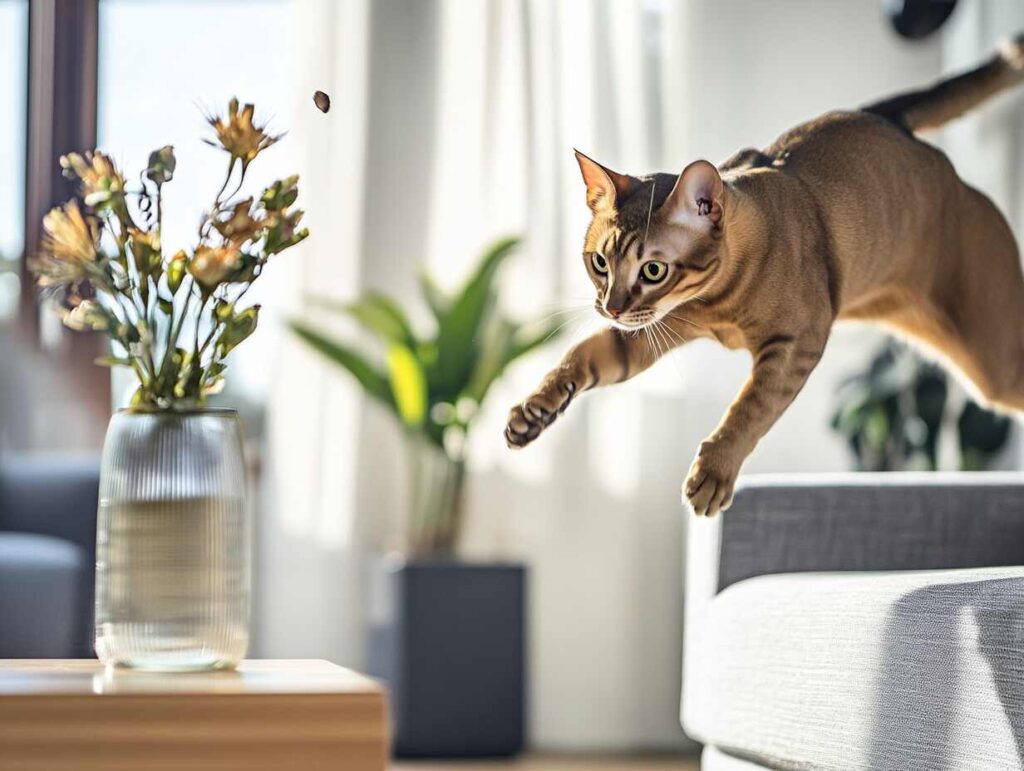
A hybrid breed between a wild African jungle cat and a domestic cat, Chausies have inherited many of their wild ancestor’s traits. These cats have a strong prey drive, high energy levels, and are difficult to socialize. While they are legal to own in some places, they need experienced handlers and extensive space—making them unsuitable for the average household.
3. Bengal
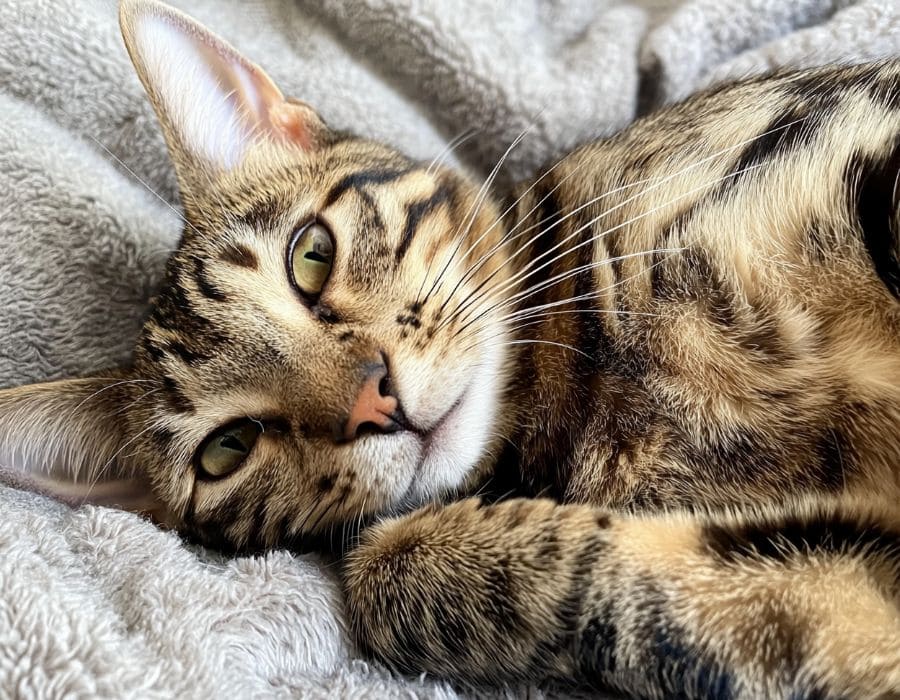
The Bengal cat has gained popularity for its beautiful, wild-looking coat, but they are not your average housecat. Although they are domesticated, Bengals still retain much of their wild nature, including a strong hunting instinct, a need for physical and mental stimulation, and an active lifestyle. Without the right environment and socialization, they can become destructive or anxious.
4. Caracal
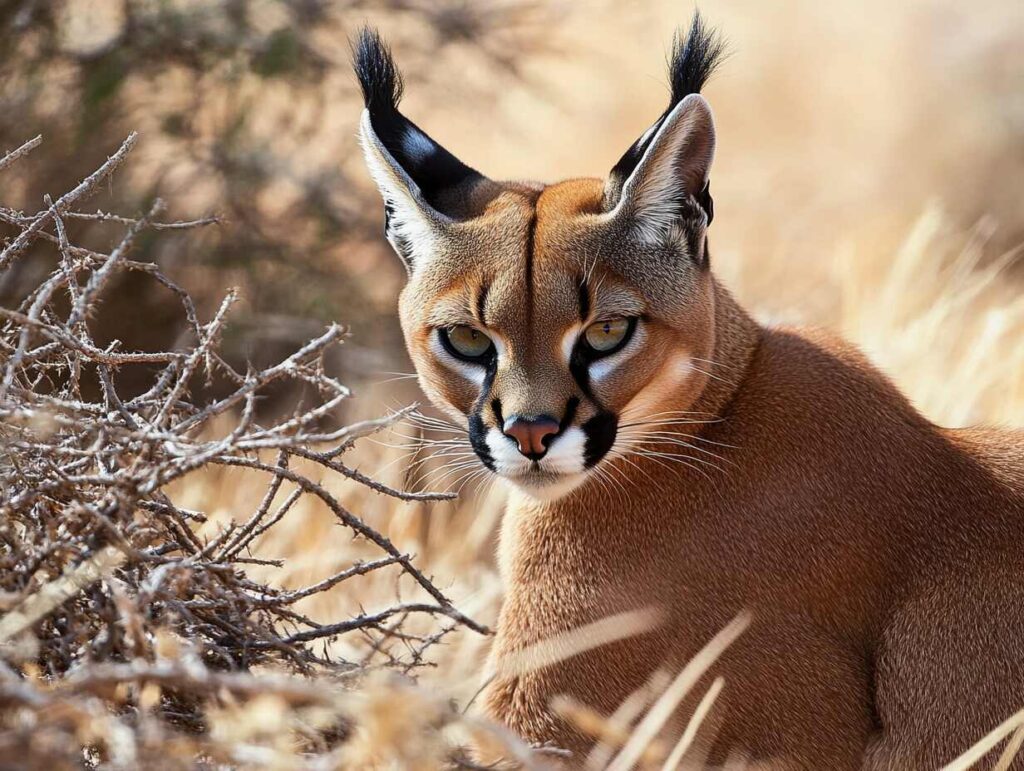
With its striking ear tufts and athletic build, the Caracal is a wild cat native to Africa, Asia, and the Middle East. Although they can sometimes be bred into hybrids, their territorial nature, large size, and complex dietary needs make them ill-suited for home life. They are not only difficult to handle but can also pose a risk to both humans and other pets.
5. Savannah Cat (F1 and F2)
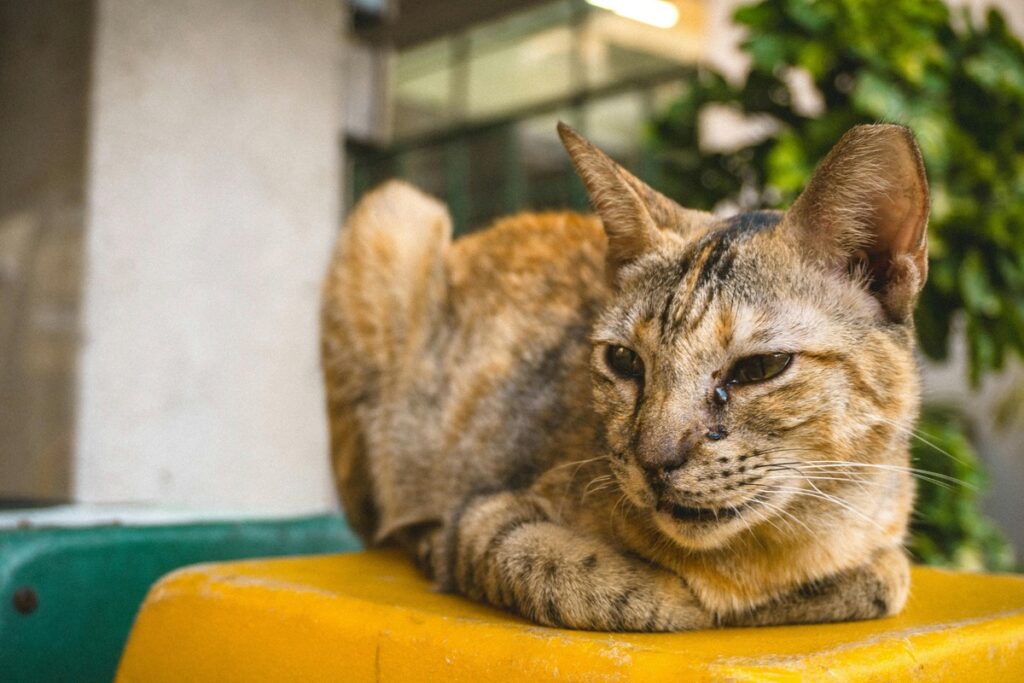
While later generations of the Savannah cat are more domesticated, the F1 and F2 (closer to their serval ancestors) are difficult to manage in a home setting. These cats are large, highly energetic, and have a strong predatory instinct. They require highly experienced owners who can handle their behavior and provide adequate exercise and stimulation.
6. Geoffroy’s Cat
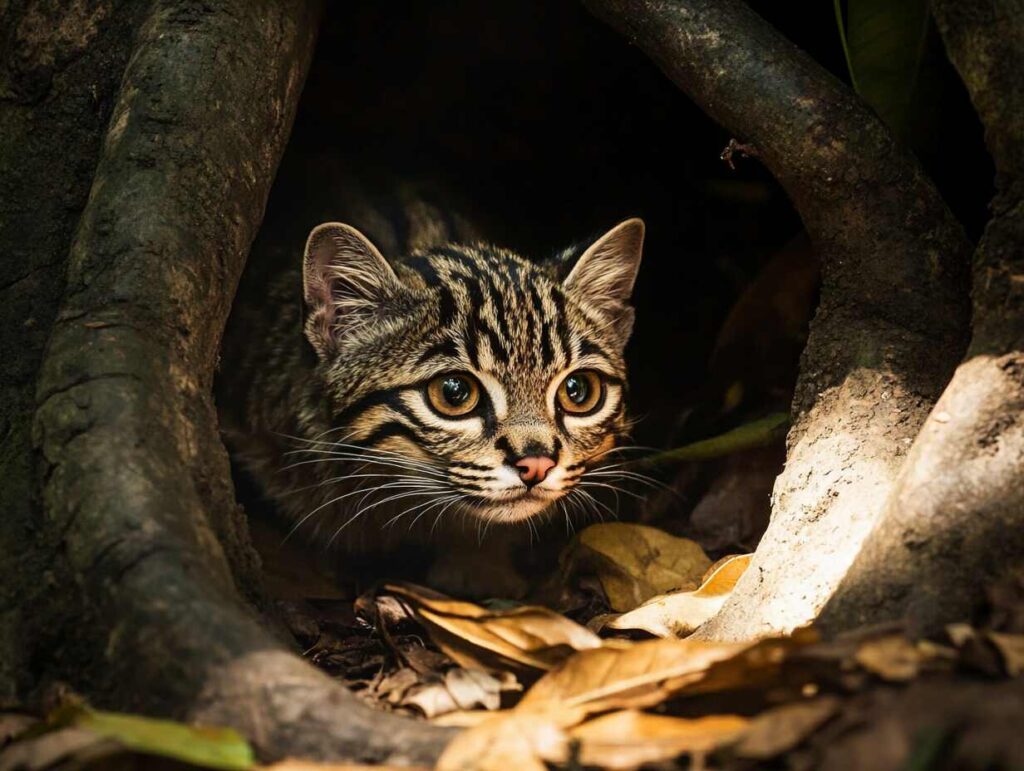
Native to South America, Geoffroy’s Cat is small but wild, with behaviors that make it difficult to keep as a pet. They have independent and solitary natures, and while they may appear friendly in the wild, they are not suited for domestication. They are elusive and often prefer staying in their natural habitat, where they can roam freely.
7. Turkish Van
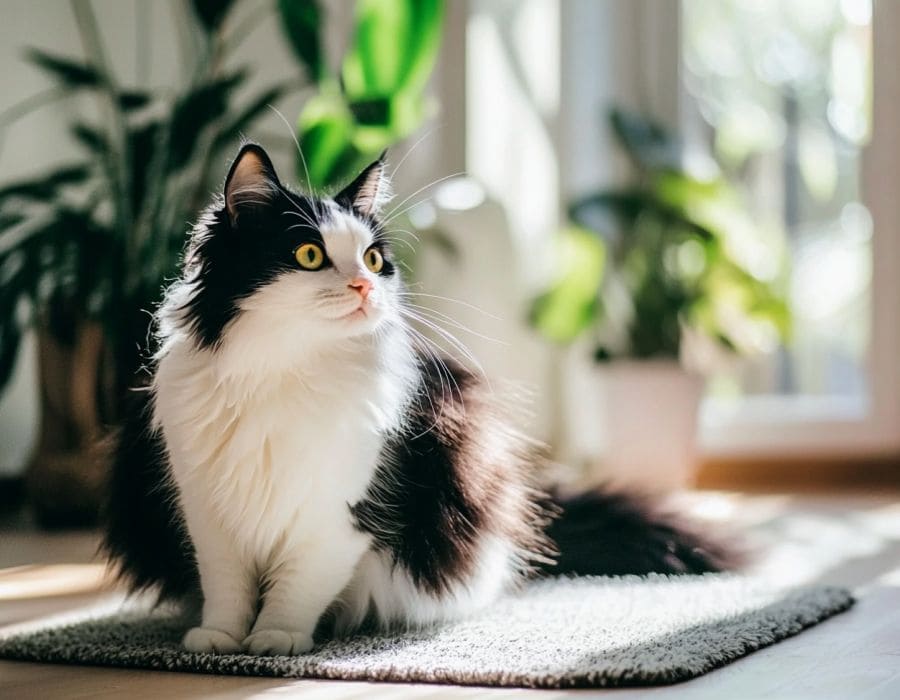
Though not a wild breed, the Turkish Van is often not a good choice for someone looking for a lap cat or a cuddly companion. Known for their high energy and love of water, Turkish Vans need a lot of space to roam and an environment where they can express their natural instincts, like swimming. They are better suited for active households or owners who can engage them physically.
8. Sand Cat
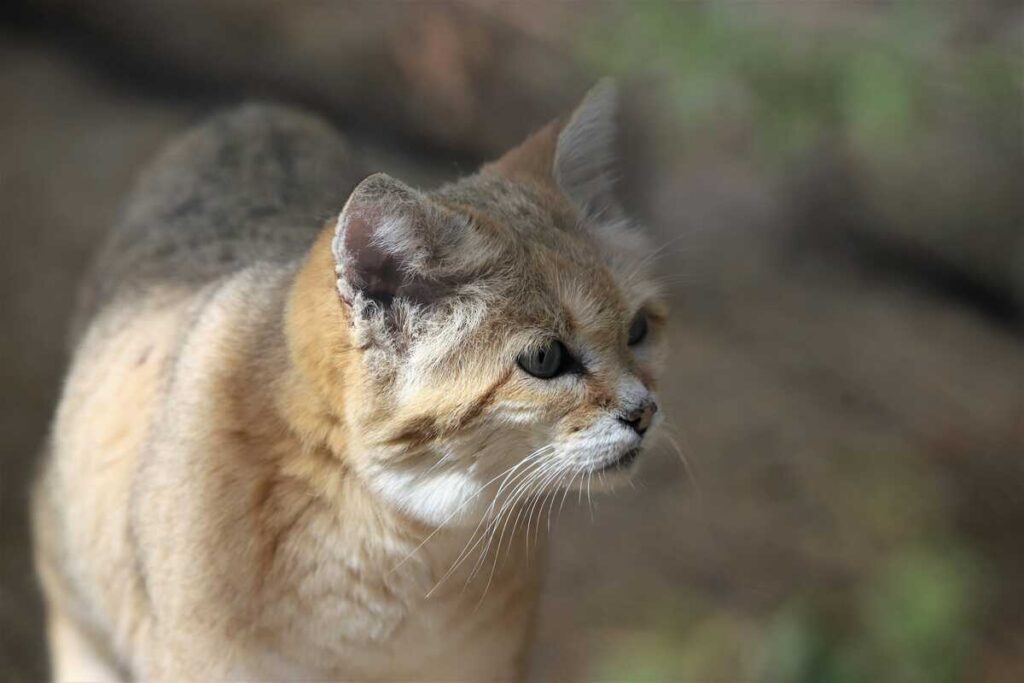
Found in the deserts of Africa and Asia, the Sand Cat is a small wild cat that is known for its independence and solitary nature. While domestication is possible with this breed, they are extremely territorial, reclusive, and require an environment that mimics their natural habitat. They need a high level of care and a space that most homes simply cannot provide.
Know What You’re Getting Into
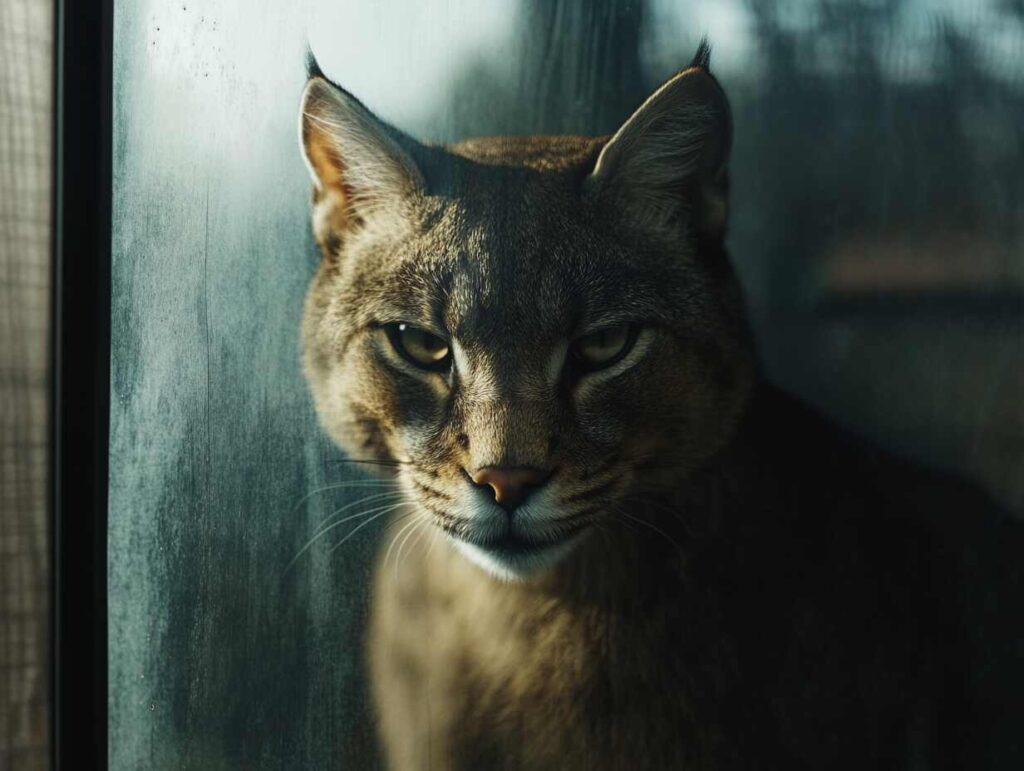
While the appeal of exotic or wild-looking cats is undeniable, it’s essential to recognize the unique challenges these breeds present. Whether it’s their need for vast space, their unpredictable behavior, or their strong instincts, these cats are best left in environments that can meet their complex needs. If you’re new to owning a cat or seeking a companion for a typical household, be sure to choose a breed that fits well with your lifestyle and capabilities.

